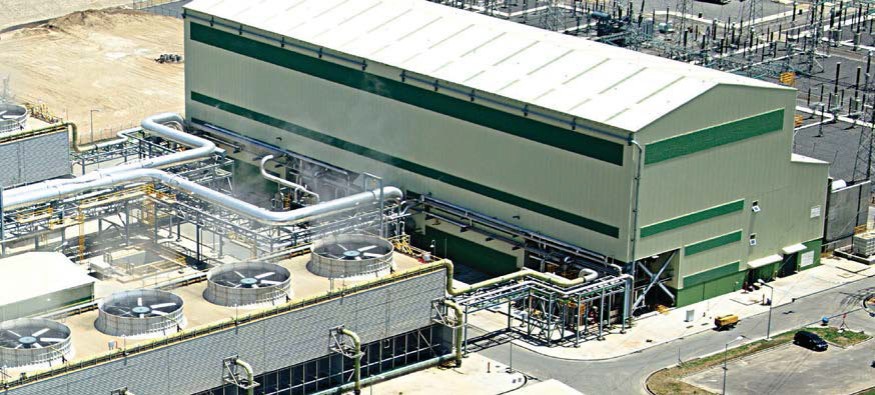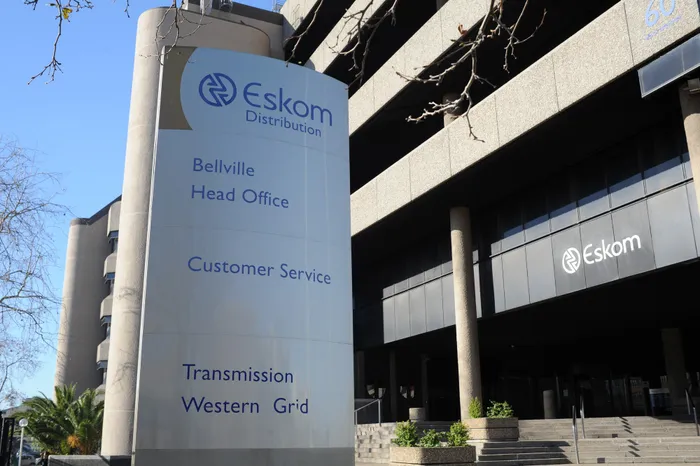At a Glance
- Leading state and private utilities are modernizing Africa’s power grids and expanding clean energy access.
- From Morocco to Kenya, renewable projects are reshaping the continent’s electricity future.
- Africa’s power giants fuel growth through hydropower, solar, wind, and cross-border energy trade.
Africa’s energy landscape is being reshaped by some of its largest electrical companies, from national utilities to fast-growing private firms.
Across the continent, these power providers are expanding grids, investing in solar and hydropower, and driving efforts to deliver reliable electricity to millions.
From Egypt’s massive Benban Solar Park to Kenya’s geothermal-rich Rift Valley, they are fueling industrial growth and cleaner energy transitions.
The work goes beyond wiring homes; it’s about keeping factories running, creating jobs, and fueling growth.
Across the continent, electricity is gradually becoming more reliable, greener, and better shared among neighbors.
From Morocco’s vast solar fields to Kenya’s steam-rich rift, power companies are not only meeting demand but also shaping the next stage of Africa’s development.
This report, profiled by Shore Africa, highlights the ten biggest electrical companies powering Africa’s energy future, firms behind the continent’s progress toward stable, sustainable, and interconnected power systems.
1. Egyptian Electricity Holding Company (Egypt)
Egypt’s national utility manages more than 60 gigawatts of capacity and oversees the entire system from generation to delivery. Projects such as the Benban Solar Park and Siemens-built gas plants have made Egypt one of Africa’s most advanced power markets, blending traditional and renewable sources.
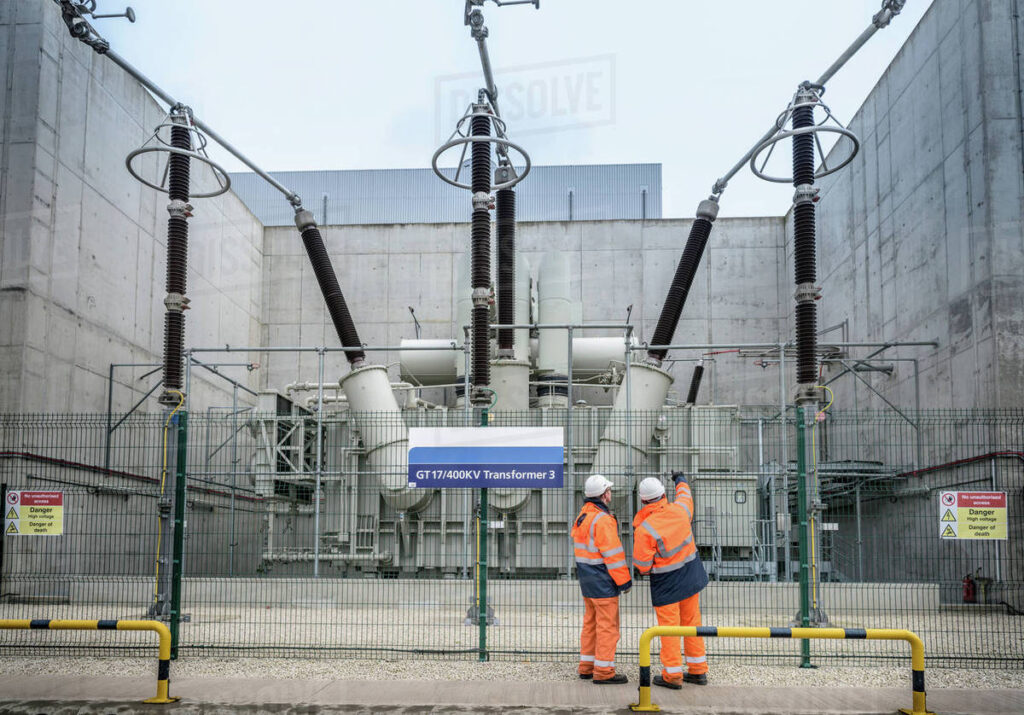
2. Eskom Holdings SOC Ltd (South Africa)
Eskom still produces most of South Africa’s electricity and supplies power to parts of southern Africa. The company faces debt and aging plants, but remains central to the region’s grid. Its latest effort centers on renewable power and grid upgrades under South Africa’s Just Energy Transition Plan, a vital step toward steady and cleaner supply.
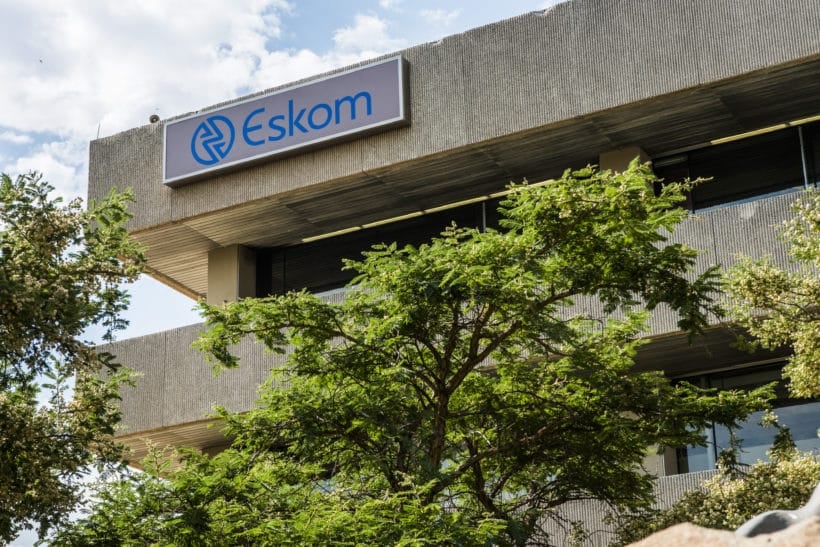
3. Sonelgaz Spa (Algeria)
Sonelgaz runs Algeria’s state electricity and gas network. It continues to expand service into rural areas while developing solar projects in the Sahara. The company also lends technical support to nearby countries, reinforcing Algeria’s role in North Africa’s energy cooperation.
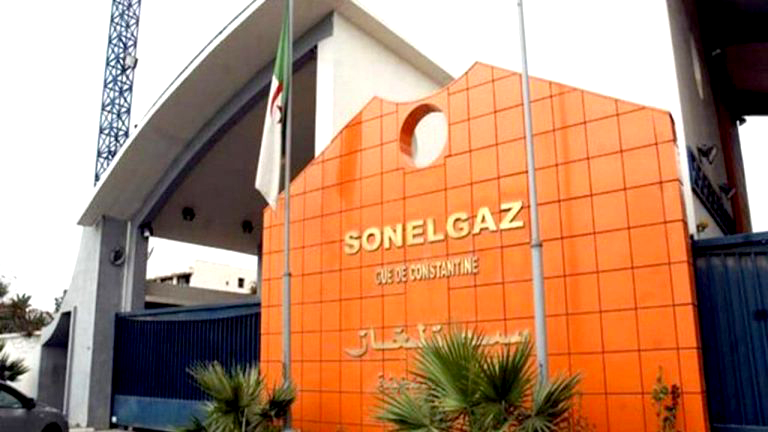
4. General Electricity Company of Libya (GECOL)
Years of conflict left Libya’s grid in need of repair. GECOL is rebuilding generation capacity, restoring damaged facilities, and installing new gas and solar projects, key steps in the country’s wider recovery.
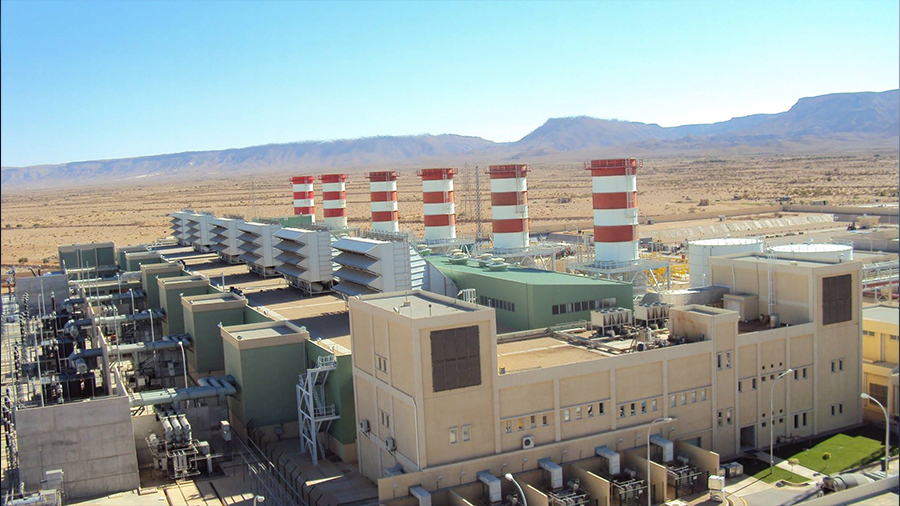
5. Société Tunisienne de l’Électricité et du Gaz (STEG, Tunisia)
STEG operates one of North Africa’s most reliable networks. It leads Tunisia’s plan to generate 30 percent of its power from renewable sources by 2030 and is working on interconnections with Algeria and Italy that will link African supply to Europe.
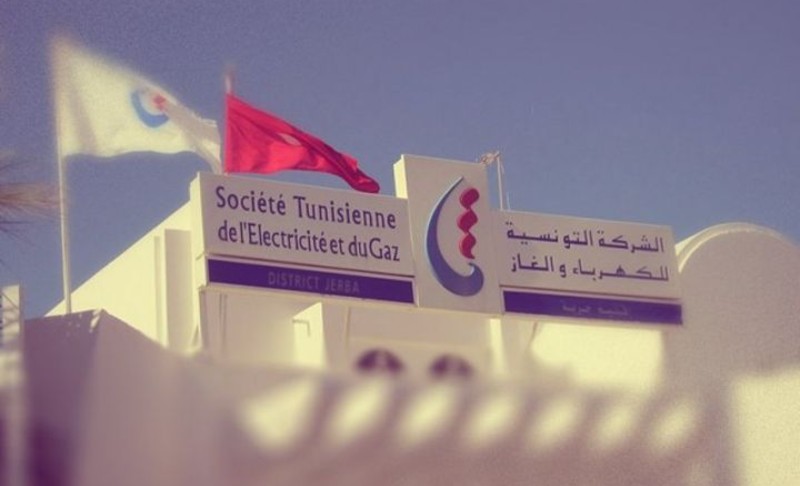
6. Office National de l’Électricité et de l’Eau Potable (ONEE, Morocco)
ONEE anchors Morocco’s clean-energy drive. It manages large-scale projects such as the Noor Ouarzazate Solar Complex and several wind farms. With cables reaching Spain and Portugal, it operates one of Africa’s few grids directly tied to Europe.
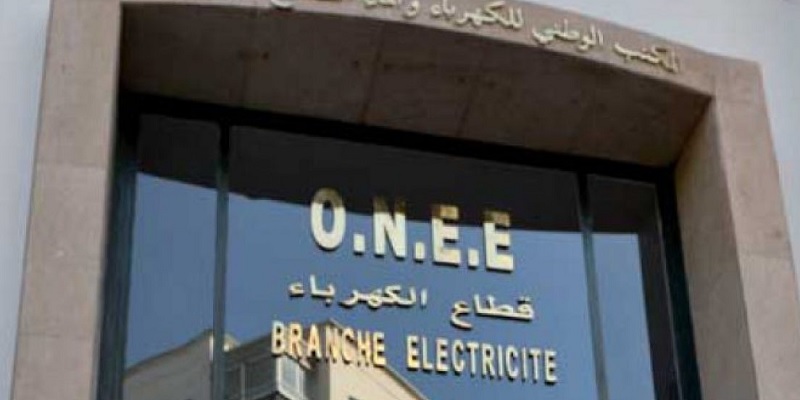
7. Ethiopian Electric Power (Ethiopia)
Ethiopia’s state utility runs the Grand Ethiopian Renaissance Dam, Africa’s largest hydropower project. The dam now feeds power to Sudan, Djibouti, and Kenya, helping position Ethiopia as East Africa’s power exporter.
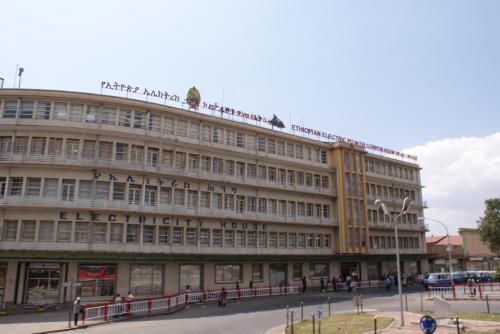
8. Empresa Nacional de Electricidade E.P. (ENDE, Angola)
ENDE oversees both generation and distribution in Angola. While oil still dominates the economy, the company is backing hydropower and solar projects to widen access and meet its goal of full electrification by 2030.
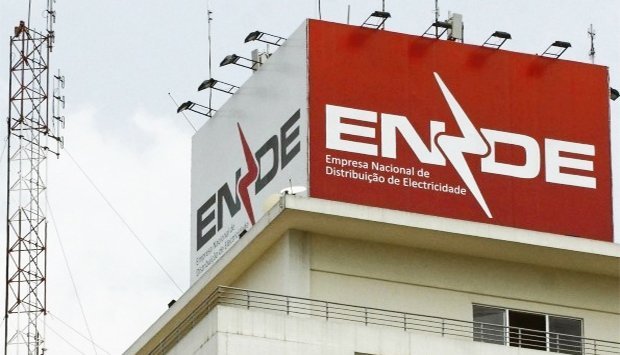
9. ZESCO Ltd (Zambia)
ZESCO operates major hydro plants such as Kariba North Bank and Kafue Gorge. Droughts have tested the system, pushing the company to add solar and thermal capacity to protect domestic supply and keep up electricity exports.
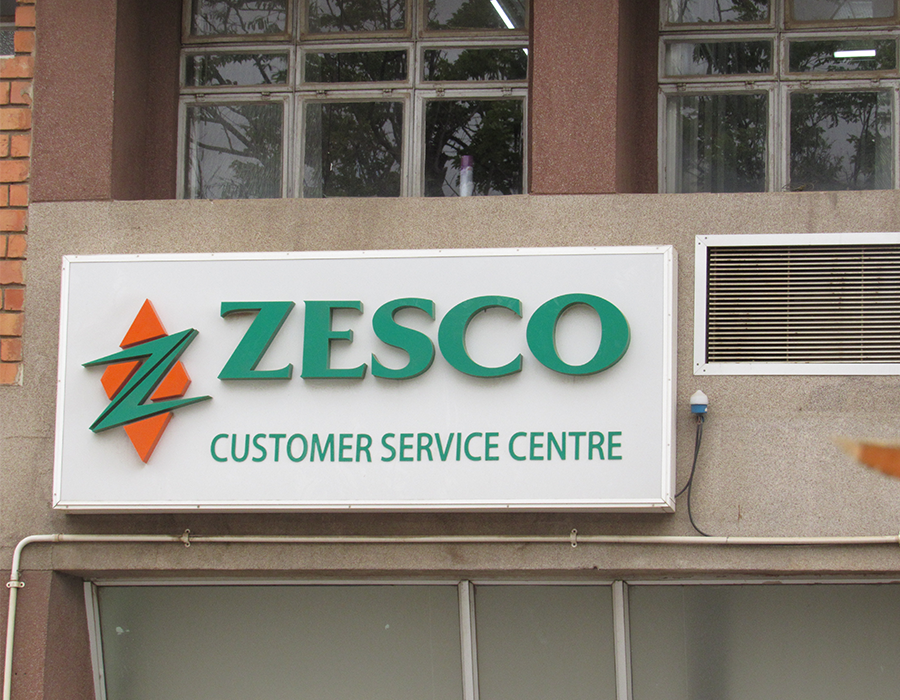
10. Kenya Electricity Generating Company PLC (KenGen, Kenya)
KenGen stands out for its renewable mix. More than 40 percent of Kenya’s electricity comes from its geothermal wells in the Rift Valley. Together with hydro, wind, and solar projects, KenGen has become a reference point for sustainable power generation in Africa.
